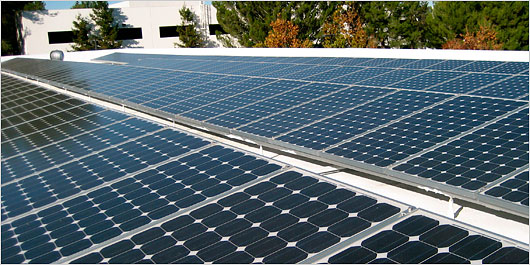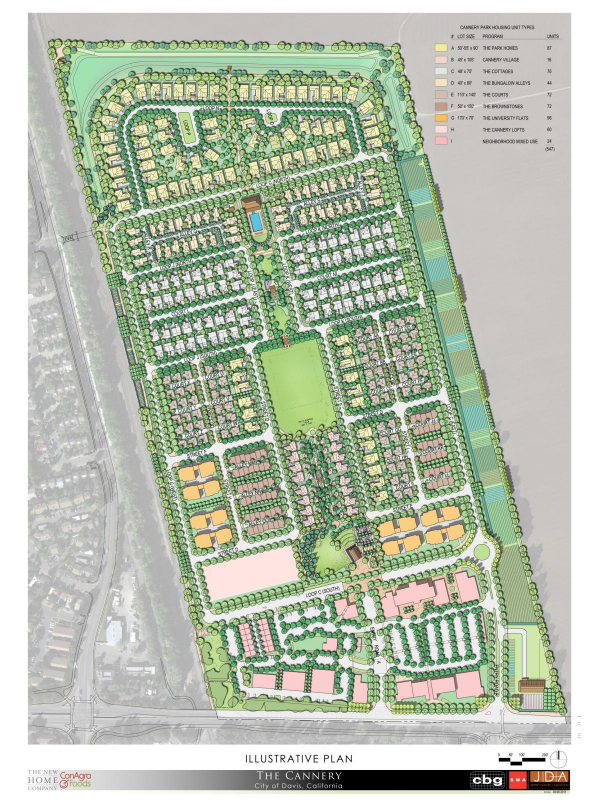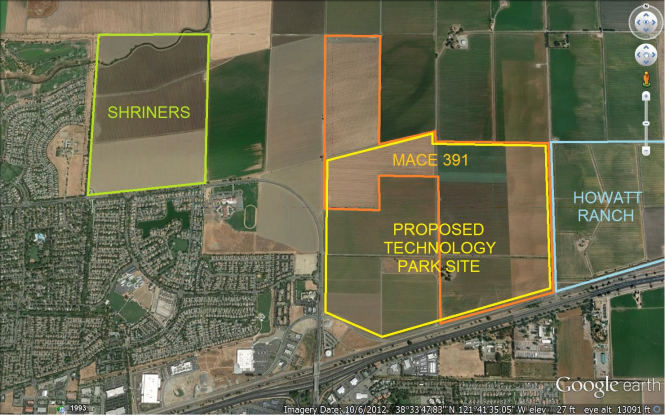Commentary: Is Fluoride Right for Davis?
 by Tia Will
by Tia Will
Over the past few months, much has been discussed in public, before the WAC, in letters to the editor of the Enterprise and in this blog about the pros and cons of water fluoridation. Some of the comments pertain to the effectiveness of fluoride in the prevention of tooth decay, some to the safety, some to the costs, some to whether or not this is an appropriate public health measure at all.
All of these are valid concerns which should and have been addressed at length. We are approaching time for the City Council to make a decision. This is not a “no brainer” as some from each side of the issue have suggested. What I think is true of both proponents and opponents is that everyone who cares enough to educate themselves and comment on this issue has the best interest of the community in mind. What we have are differences of opinion about what is the “best interest” of our community.

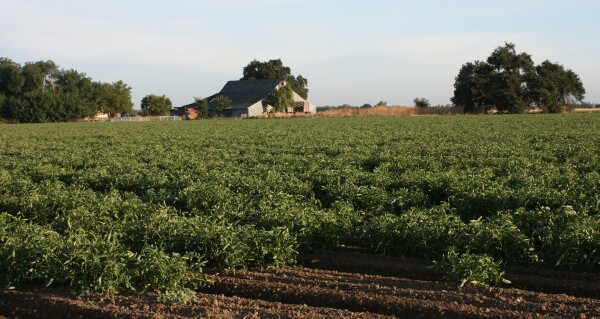 In November of 2009, Measure P, Wildhorse Ranch, went down to a resounding defeat at the polls by a 75-25 margin. That margin dwarfed the 2005 Measure X 60-40 margin, that was a handily-defeated proposal for Covell Village.
In November of 2009, Measure P, Wildhorse Ranch, went down to a resounding defeat at the polls by a 75-25 margin. That margin dwarfed the 2005 Measure X 60-40 margin, that was a handily-defeated proposal for Covell Village. by Robb Davis
by Robb Davis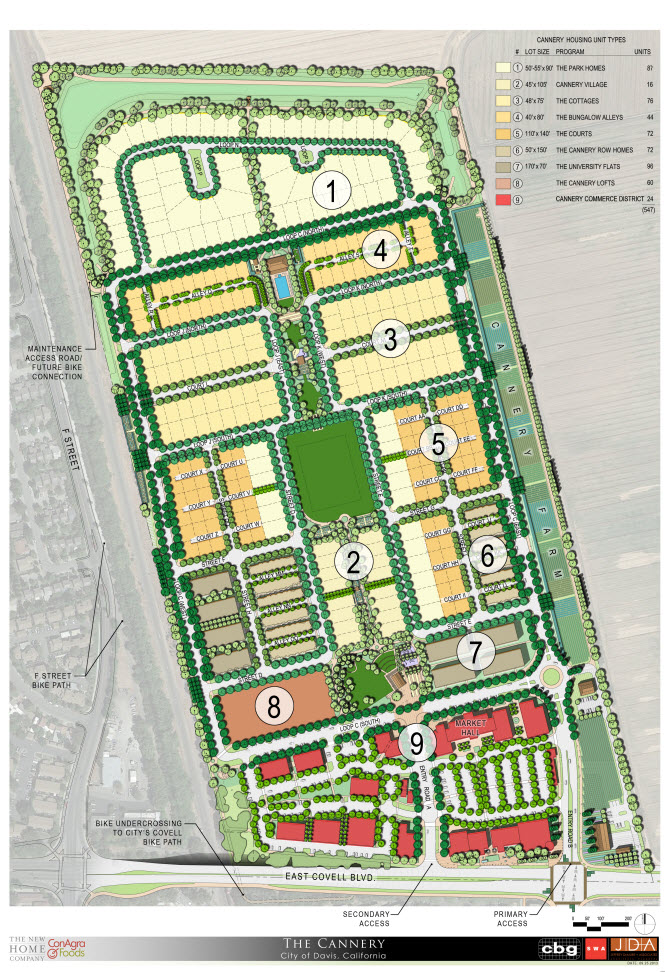 by Matt Williams
by Matt Williams



